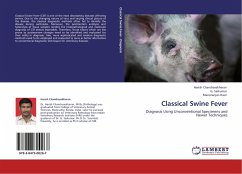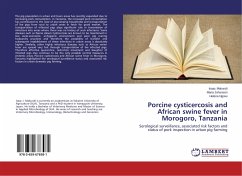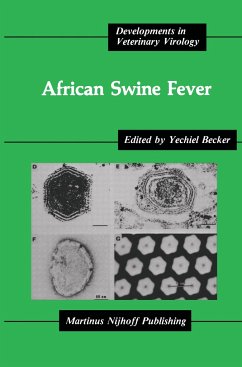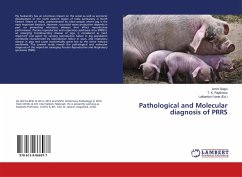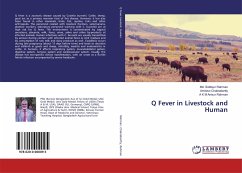Classical Swine Fever (CSF) is one of the most devastating diseases affecting swines. Due to the changing nature of virus and varying clinical picture of the disease, the classical diagnostic methods often fail to identify the disease during outbreaks. Moreover, the postmortem autolysis and heterolysis of tissue samples renders the histopathological and molecular diagnosis of CSF almost impossible. Therefore, those tissues which are less prone to postmortem changes need to be identified and evaluated for their utility in diagnosis. Also, more sophisticated and modern diagnostic methods need to be employed and evaluated to serve as better alternatives to conventional diagnostic techniques for veterinary diseases.

